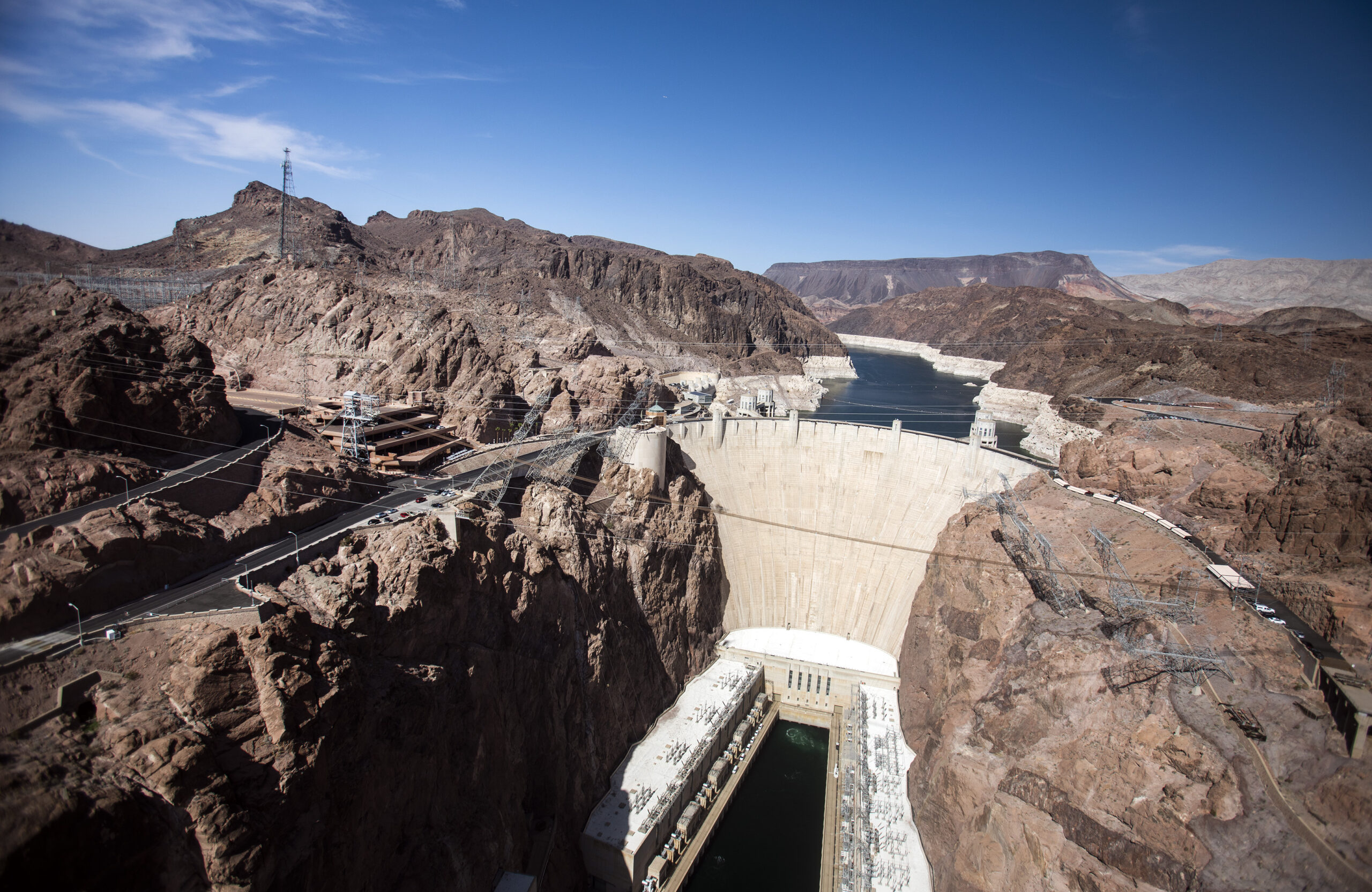Southwest governors asked to submit Colorado River comments as another 'deadline' passes, states get an extension

The federal government initiated a comment period today for the seven states in the Colorado River Basin, after Arizona and California were unable to agree on a Southwest drought plan by a second “deadline” of March 4.
The Department of Interior is now giving the governors of the seven states, including Nevada, 15 days to offer recommendations on how federal water managers should proceed if the states can’t agree to a drought plan that they have been negotiating for years.
The expected Interior action sets a new target to complete the drought plan by March 19, a goal that many believe is achievable as Arizona and California come closer to resolving issues within their respective states that had prevented officials from signing onto the plan. The new deadline comes after water users missed a first deadline to finish the plan by Jan. 31.
“The states that share the Colorado River continue to work hard on finalizing negotiations of the Drought Contingency Plan, and Nevada’s representatives are confident that a final plan will be delivered to the United States Secretary of the Interior by the March 19 deadline,” Bronson Mack, a spokesman for the Southern Nevada Water Authority said in an emailed statement.
The water authority has said it is prepared for the drought plan, which would require the states to make voluntary cuts to its allocation, because of conservation and reusing indoor water.
John Entsminger, who leads the water authority, serves as the governor’s negotiator on Colorado River issues.
Like those before it, this newest deadline is seen as a soft target. Even if March 19 passes, the federal government would not take an immediate action until later in the year when decisions have to be made about how to operate Colorado River reservoirs going into 2020. The Bureau of Reclamation, an Interior Department agency, operates those dams and reservoirs.
Rather than imposing its own rules, the agency has traditionally allowed the states to collaborate and use a bottom-up approach to manage the reservoirs. But it has authority to exert more control over the Colorado River system in Arizona, California and Nevada. Through the drought plan, the states would avoid the uncertainty of the federal government stepping by providing their own roadmap for how to deal with expected shortages in the coming years.
A nearly two decade drought has hit the Colorado River Basin especially hard, amplifying the existing issues of overuse and overallocation. Part of the thought around the drought plan is to adjust to the new reality of climate change, which is expected to further reduce the river’s flow.
